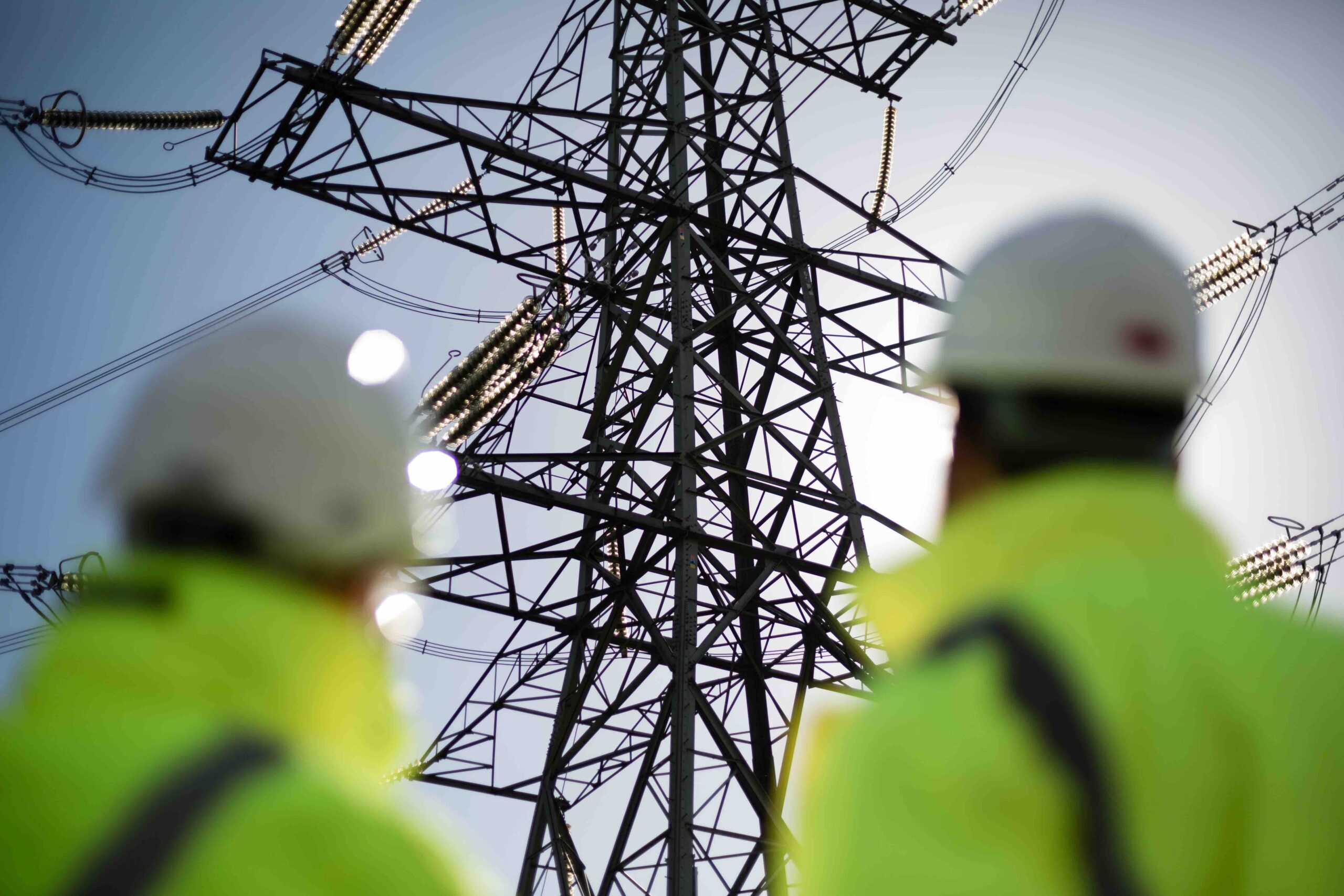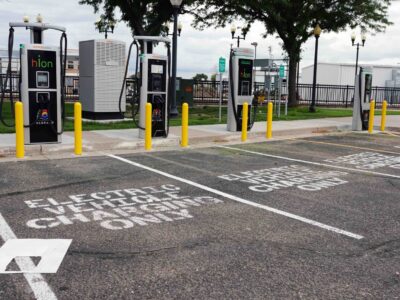Infrastructure has become a vital component of the federal government’s strategy to upgrade the grid. The Infrastructure Investment and Jobs Act (IIJA), or Bipartisan Infrastructure Law, was passed in November 2021, and provided more than $65 billion in what it calls “the largest investment in clean energy transmission and grid in American history.”
In what is also “the largest investment in the resilience of physical and natural systems in American history,” it additionally invested more than $50 billion in weatherization, resilience against disasters like floods and wildfires, and protection against cyber attacks.
Building Better Grid Programs
Through the IIJA, the Department of Energy (DOE) announced the more than $20 billion Building a Better Grid Initiative in January 2022 to advance the nation’s transmission and distribution systems. One of the programs falling under it is the Grid Resilience State/Tribal Formula Grants, through which the Grid Deployment Office (GDO) will distribute $2.3 billion in grants over five years to states, territories, and Tribes.
They will, in turn, provide funding to projects that will update their grids to withstand increasingly turbulent weather and natural disasters. Most recently, on Sept. 28, the DOE announced the winners of the eighth cohort of grants, providing $167.7 million in total to 11 states, two territories, and 20 Tribal nations. With this most recent announcement, the GDO has dispensed $748 million to date.
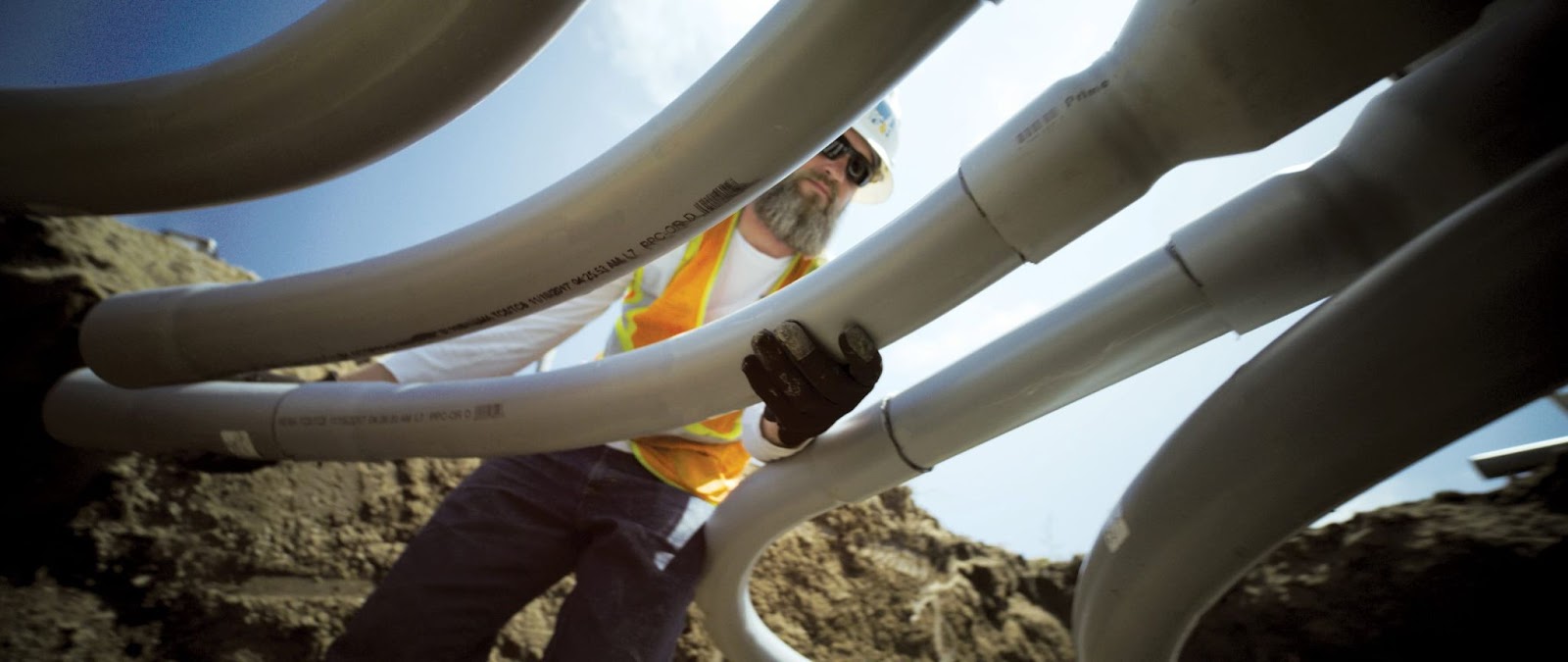
Photo Courtesy Pacific Gas & Electric
A second Building a Better Grid effort, the $10.5 billion Grid Resilience and Innovation Partnerships (GRIP) Program, will provide funding to electricity generators, transmission owners and operators, and distribution providers for improved resilience, flexibility, and construction of infrastructure from 2022 to 2026.
There will be $2.5 billion in Grid Resilience Utility and Industry Grants, which will fund technologies that mitigate the effects of weather and natural disasters.
Additionally, a total of $3 billion will be allocated for Smart Grid Grants, a program initially created by the Recovery Act of 2009 and expanded here. They will fund smart grid technology with the potential to scale from a wide range of players, including government and educational institutions, nonprofits, and for-profit companies. The goal of the program is to:
- Increase the transmission system’s capacity.
- Prevent disruptions that could lead to wildfires.
- Include more renewable energy in the system’s transmission and distribution legs.
- Integrate more electric vehicles, electrified buildings, and the like.
Finally, there will be $5 billion through the Grid Innovation Program to Public Utility Commisions, Tribes, territories, local governments, and state governments for projects including the generation of clean energy, provision of backup power, and construction of interregional transmission.
Grid Resiliency Projects
On Oct. 18, the DOE announced $3.46 billion for 58 projects that will improve the resilience and reliability of the grid in 44 states, resulting in a cumulative $8 billion in public and private investment. One of the Grid Resilience Utility and Industry Grants, the Wildfire Assessment and Resilience for Networks project conducted by Holy Cross Energy and NRECA Research, will work with rural nonprofit electric co-ops across 16 states to improve wildfire resilience by undergrounding lines or building fire-resistant infrastructure.
Through the Grid Innovation Program, the Joint Targeted Interconnection Queue Transmission Study Process and Portfolio granted to the Minnesota Department of Commerce will plan and build five transmission projects spanning seven states in the Midwest.

Photo Courtesy Siemens
Third, there is the $2.5 billion revolving fund called the Transmission Facilitation Program, which aims to ease the process of constructing “shovel-ready” interregional transmission lines that will not be built without additional funding. This expansion of transmission infrastructure will enable linkage to better and cheaper forms of energy, increase efficiency by cutting down the amount of congestion and energy losses in the system, and ultimately lower the cost of power.
It will also address the issue that without more transmission lines, substations, and transformers, the grid will be unable to handle the addition of so many new generation sources.
Transmission Line Projects
On Oct. 30, the DOE committed up to $1.3 billion to purchase a percentage of the capacity from three transmission lines across six states, enabling the addition of up to 3.5 gigawatts (GW) of grid capacity. The government involvement will improve the confidence of other investors and customers in the projects and ultimately reduce risk. Two of these projects will begin construction in 2025.
The 214-mile,1500 MW, bidirectional Cross-Tie 500kV Transmission Line — being developed by TransCanyon between Nevada and Utah — will increase the West’s ability to transfer power back and forth with increased capacity and access to renewables. It will ultimately account for 14% of the 2,300 GW miles of new transmission needed for the Mountain Region to fully realize the emissions savings offered by the Inflation Reduction Act (IRA).
The 175-mile, 748 MW Southline Transmission Project — being developed by Black Forest Partners and Grid United between Arizona and New Mexico — will connect to and upgrade existing transmission infrastructure and ultimately become just one part of a longer line. It will account for 14% of the 935 GW miles of new transmission needed for the Southwest to unlock the IRA’s emissions savings.
The final project, the 1,200 MW, bidirectional Twin States Clean Energy Link — being developed by Citizens Energy and National Grid in New Hampshire and Vermont — will begin construction in 2026 and enable New England to access clean energy in Canada or export excess power there. It will supply 79% of the 1.5 GW of new transfer capacity needed in the Northeast.
Moreover, the DOE expects to borrow and release a second round of funding through the Transmission Facilitation Program in the first half of next year.
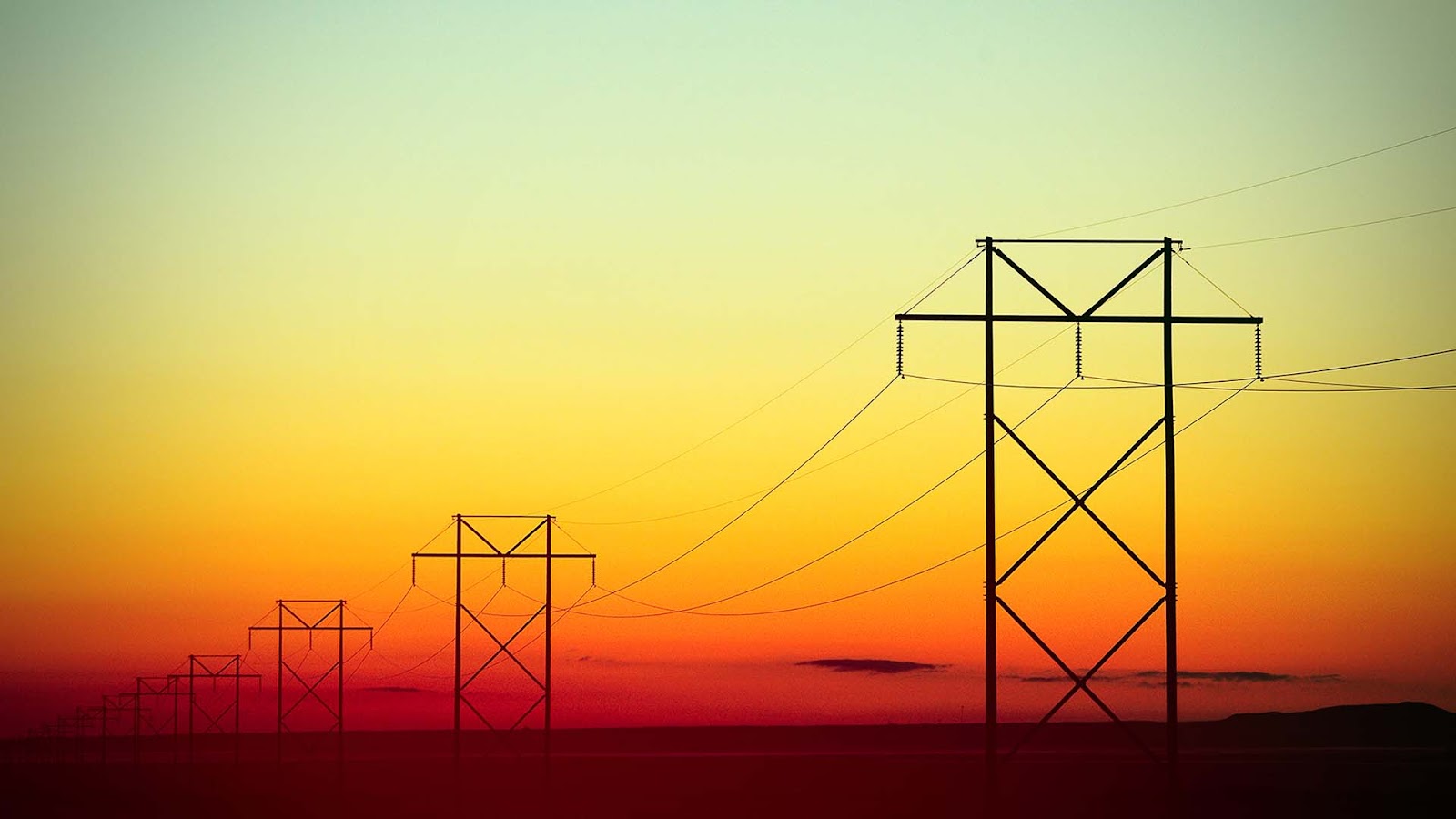
Photo Courtesy Grid United
Transmission Needs Study
On the same day it made this announcement, the DOE released its National Transmission Needs Study, based on 120 recent reports and analyzing the system up to 2040. It pointed to several pieces of evidence indicating a need to expand within-region and interregional transmission. It included vast differences in wholesale prices across geographies due to congestion and unscheduled energy flows and a case-by-case process of interconnection agreements for installing and connecting new generators to the grid, slowing things down and making it more expensive than regional planning.
The study may be used to decide where to place National Interest Electric Transmission Corridors, which can lead to permitting from FERC — even if states oppose the project — and financing through either the IIJA’s Transmission Facilitation Program or the IRA’s upcoming $2 billion Transmission Facility Financing Loan Program. Notably, this research will also be followed up by a National Transmission Planning Study.
Grants For Easier Permitting
A final program of note is the Transmission Siting and Economic Development Grants Program. The first investment under the Building a Better Grid Initiative that the IRA authorizes, this program represents $760 million directed at overcoming permitting challenges to advance interstate and offshore transmission infrastructure.
On Aug. 29, the DOE announced the first funding opportunity for up to $300 million in grants for which states, local governments, and Tribes could apply. Some of the funding will be directed to the entities in charge of issuing permits to:
- Provide backing for studies that can gather information, evaluate alternatives, and ultimately cut down processing time; or
- Support engagement with community members or attendance at regulatory proceedings.
The rest will go toward economic development projects for communities that the construction of the transmission infrastructure could impact. These investments could take the form of:
- Energy projects like microgrids and electric vehicle charging infrastructure;
- Community centers or essential facilities related to things like education or health care; or
- Apprenticeship or job training programs.
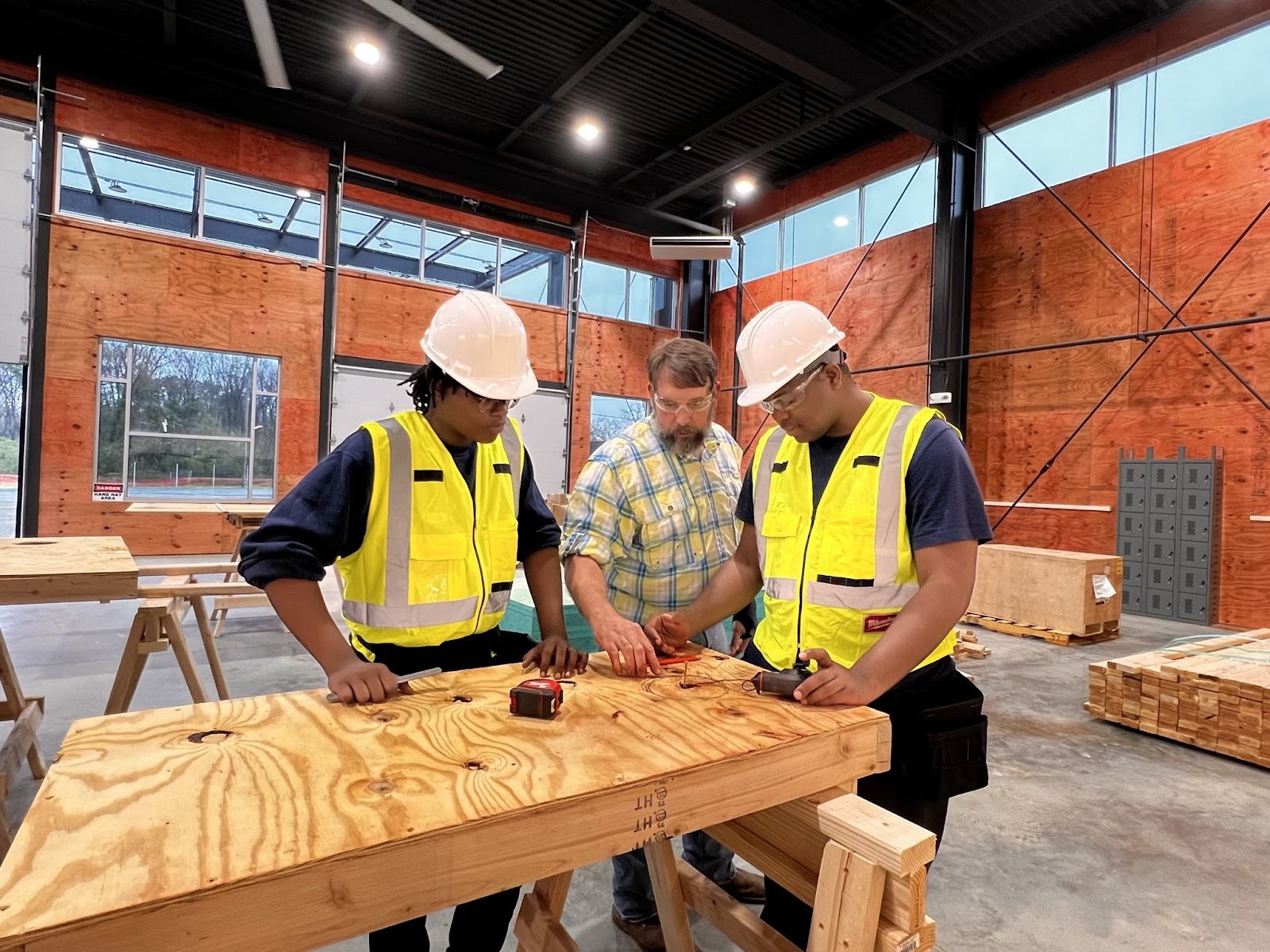
Photo Courtesy Tennessee Valley Authority
All in all, the train has left the track when it comes to advancing the grid, and the next few decades will see a race to progress on an unprecedented level. In part four, we will explore the difficulties facing the grid, as well as the bright future that is being carved out in the sphere.

